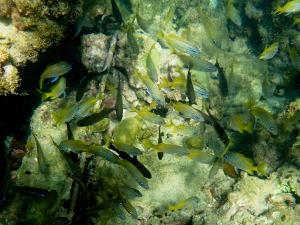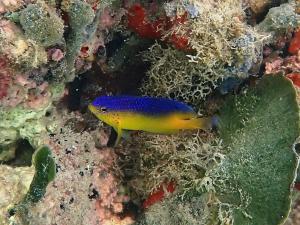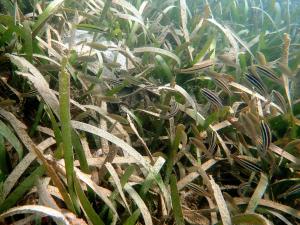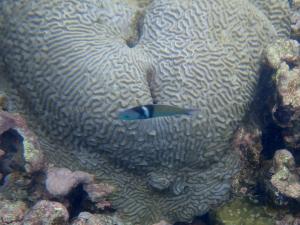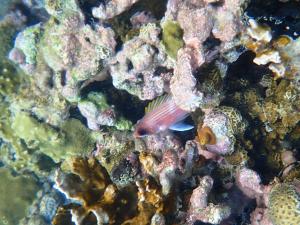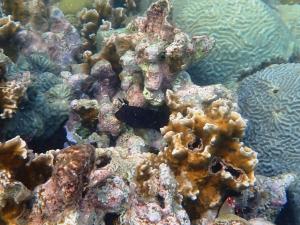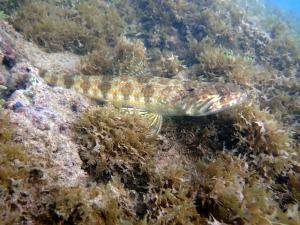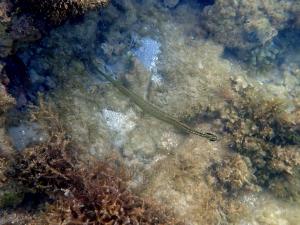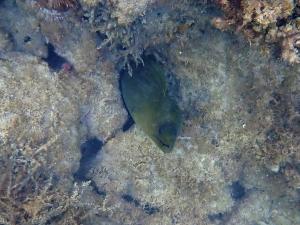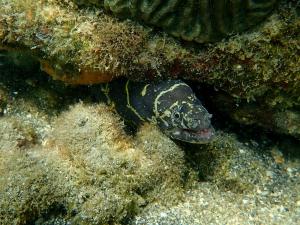
Calabash Boutique Hotel, Grenada
The Calabash Luxury Boutique Hotel
L’Anse Aux Epines Beach, St. George’s, Grenada.
Coordinates in degrees decimal: 12.002222 N, -61.760000 E.
Visited in December 2021. Photographer: Nigel Thomas. Cameras: Olympus Tough T5 and Nikon Coolpix W300.
Website: https://www.calabashhotel.com/about
The island of Grenada is situated in the Caribbean Sea to the north of Trinidad and Tobago and to the south of St. Vincent and the Grenadines. The Calabash Luxury Boutique Hotel is located on the south coast of Grenada not far from the south-westerly tip of the island. The climate overall is tropical with east-northeast trade winds blowing all year round. The peak winds (>23knots) occur in the period December through to March. Lightest winds occur in the period August to November. The average year round atmospheric temperature in Grenada is around 27C, with maximums around 31C. The warmest period is between August and October when the trade winds drop although this is also the period when hurricanes are most likely to occur. Seawater temperatures mirror the atmospheric temperatures at between 27 and 28C year round.
The rainy season is between June and November, with minimum rainfall in March and April. Bear in mind rainfall in combination with increased winds can lead to reduced visibility in the water. Rainfall, however, is sporadic, both throughout the year and during any one day, with the sun returning very quickly.
Snorkelling from the Calabash is best from L’Anse Aux Epines beach, which faces south. The hotel sits in the easterly arm of Prickly Bay and is, therefore, sheltered from the Atlantic swell, to the extent that much of this area has a lot of finer sediments and seagrass beds. The characteristic habitat of the area off the beach is the seagrass beds, although a headland of rock, with limited coral cover, can be found to the west of the beach. Sporadic outcrops of coral can also be found within the seagrass beds.
Species diversity was disappointingly low, with only 71 species identified over a 10 day period, of which 14 were fish. As an indication of the habitats, the largest proportion of species found were algae and seagrass species. It is worth taking a trip to both Magazine Beach and the new artificial reef off Grand Anse Beach (created by Dive Grenada, https://divegrenada.com/).
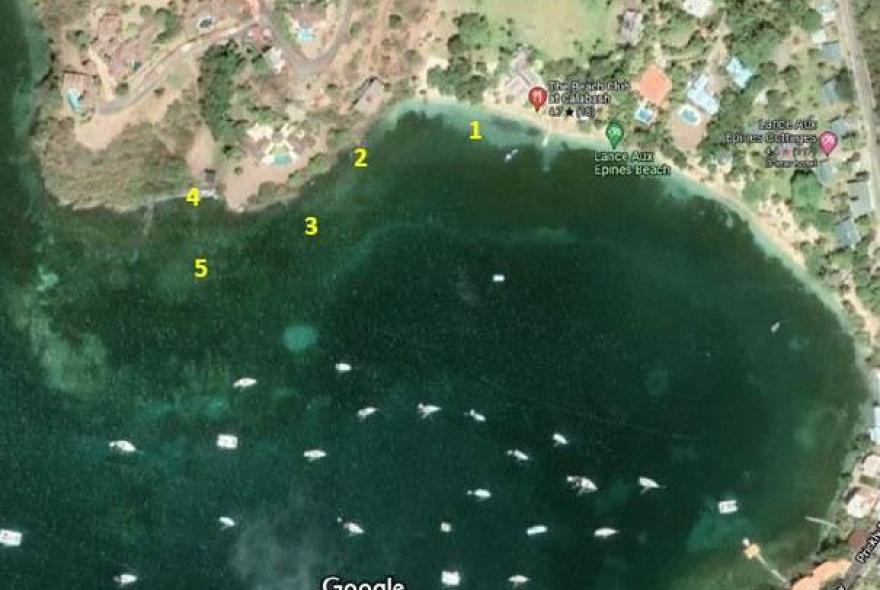
The Calabash Hotel is located on the Lance aux Epines beach. Easiest entry point on the beach is marked location 1.
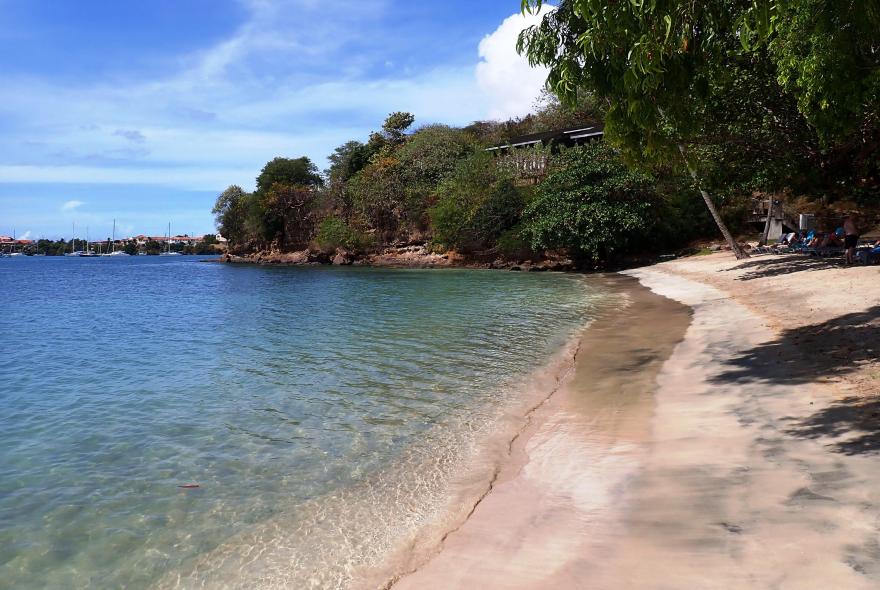
Location 1. Facing west, towards the rocky peninsular, from the beach at the Calabash Hotel. The central area of the bay is dominated by seagrass, with occasional outcrops of rock and coral, further offshore.
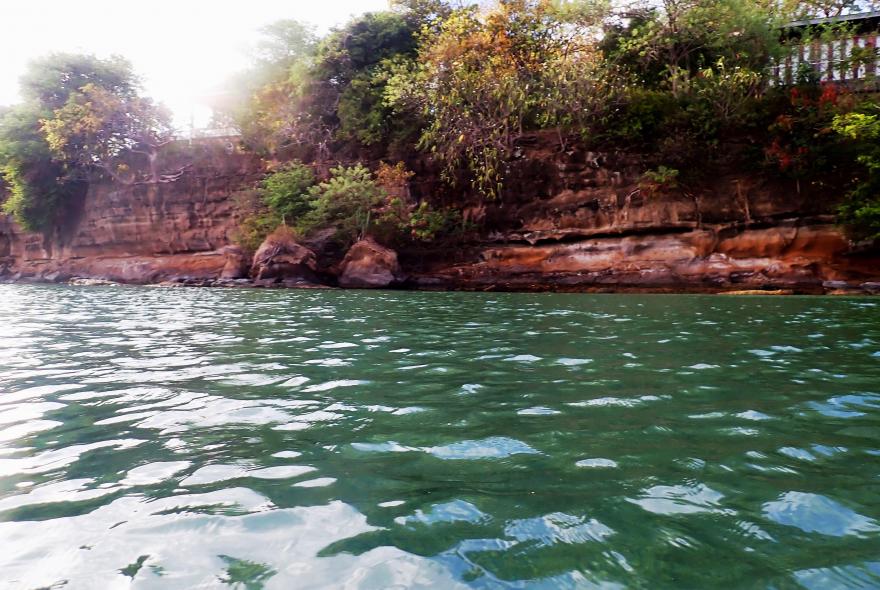
Location 2. Head towards the two distinctive rocks halfway along the headland first.
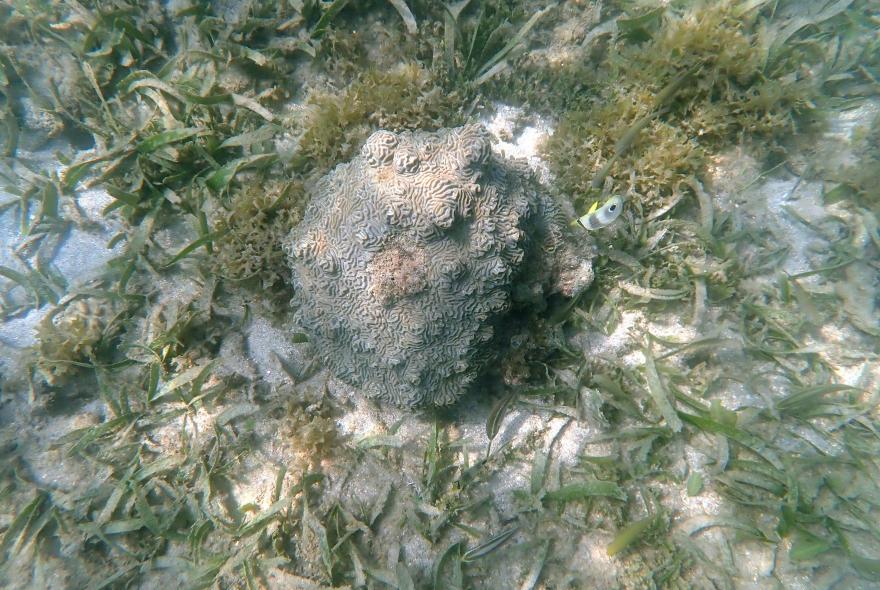
Location 3. Initially you will see the extensive seagrass beds, which give way to isolated coral and rock outcrops, along with patches of coral debris. These become more extensive the further along the headland you swim.
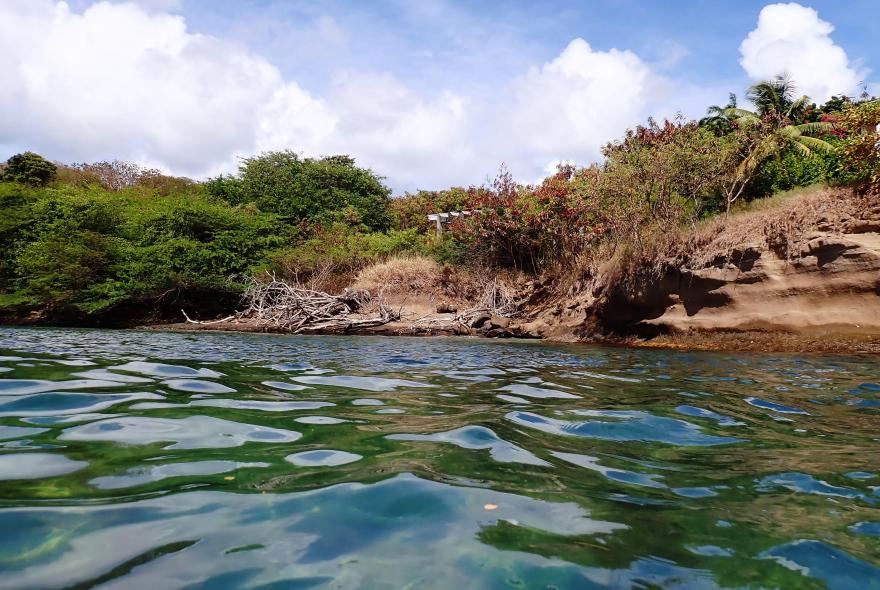
Location 4. A further small bay with tree debris can be seen after the end of the headland. The water is slightly deeper here and more extensive coral growth can be observed. This area may become difficult in certain wind conditions.
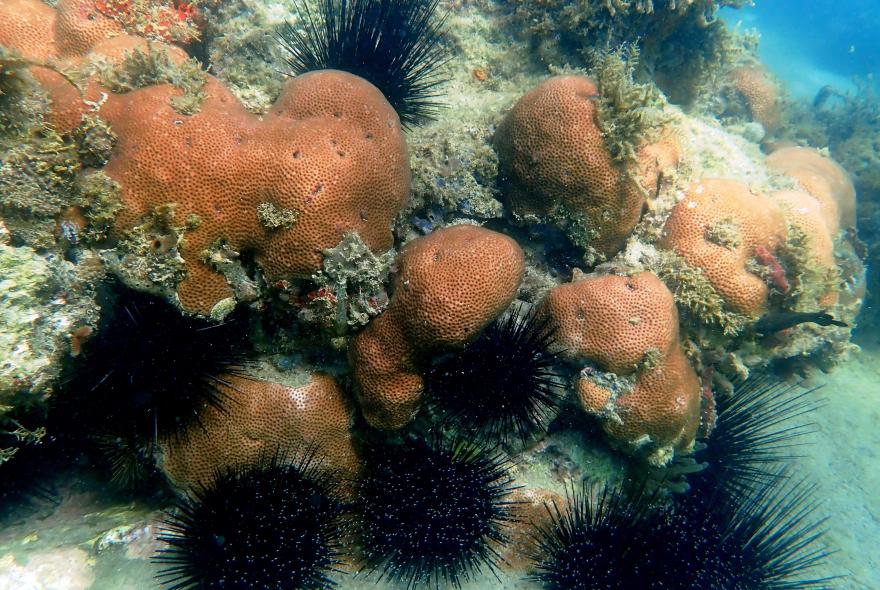
Location 5. Healthy corals and urchins off the headland.
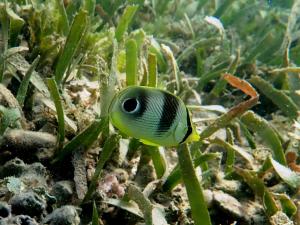
Juvenile Foureye Butterflyfish. Chaetodontidae. Chaetodon capistratus. Found over the seagrass at boundary with dead coral debris.
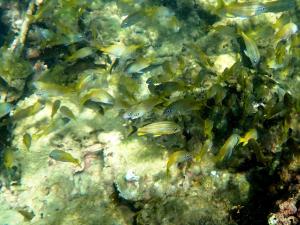
Primarily Blustriped Grunts with a distinctive black tail fin. Haemulidae. Haemulon scirus. Small shoals in shallow water rocks, often mixed with French Grunts.
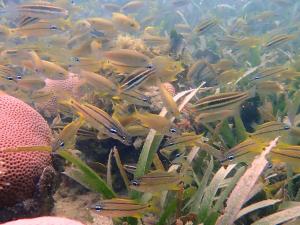
Shoal of juveniles. Thin brown stripes are French Grunts. Haemulidae. Haemulon flavolineatum. Heavy brown stripes are Striped Parrotfish. Scaridae. Scarus iserti. Plus one other?
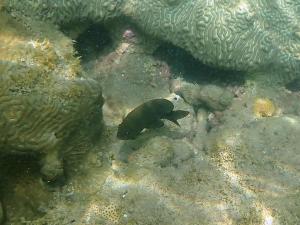
Unremarkable colouration, probably an adult Beaugregory. Pomacentridae. Stegastes leucostictus. Highly protective of their territory.
